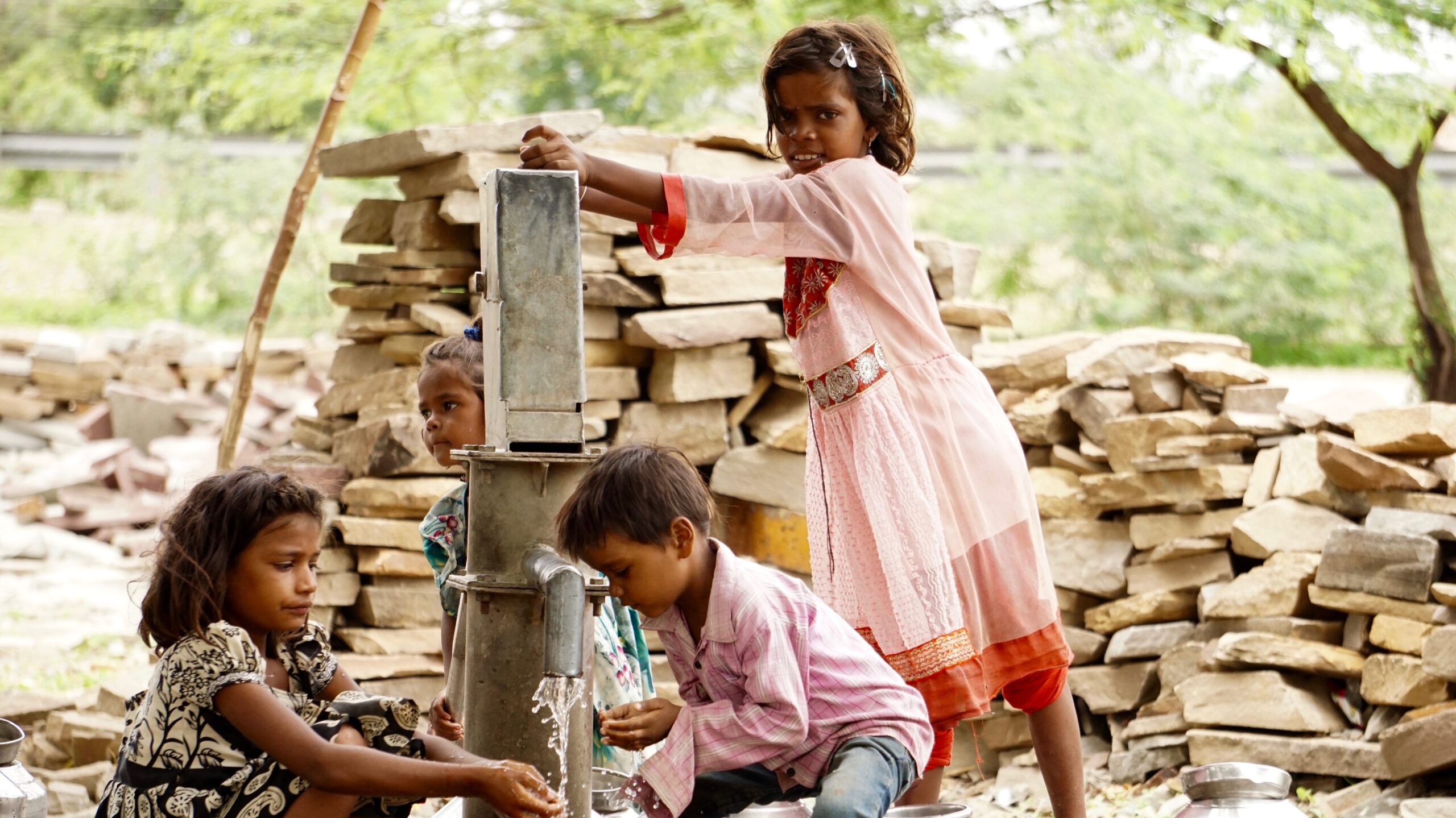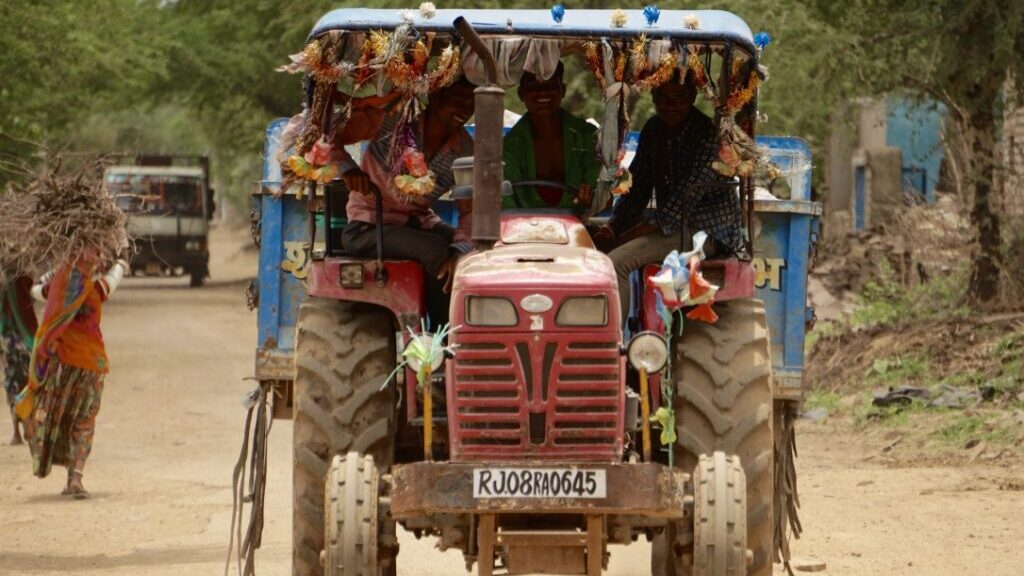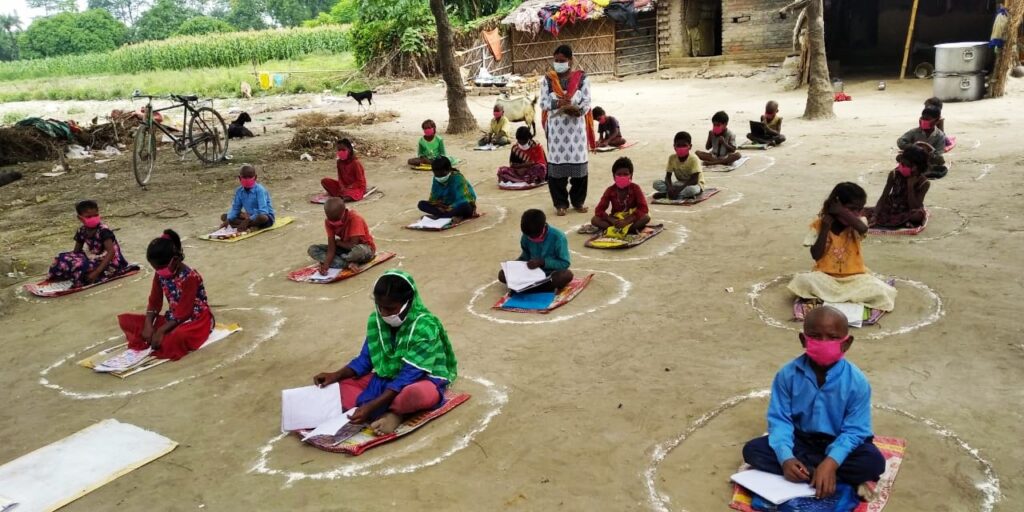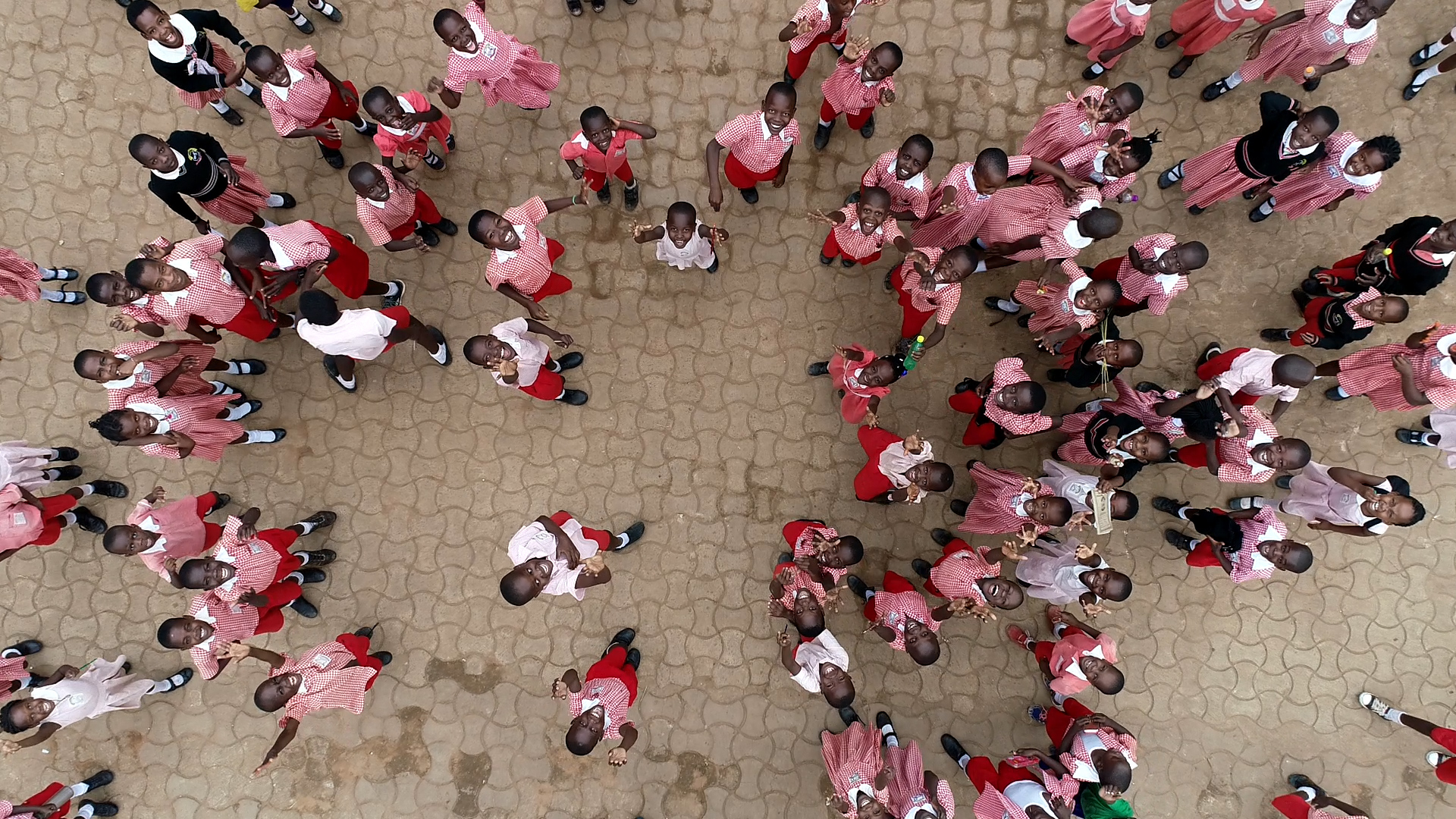Context, challenges, and approaches
As one of the largest countries in the world, India faces many significant socio-economic challenges that come with an ever faster growing population and an uneven spread of wealth around its regions. Whilst child labour percentages may be lower than in some other countries in the world, it comes as no surprise that, with 1.5 billion inhabitants, the incidence of child labour, in absolute numbers, is very significant. According to the 2011 Census, there are approximately 10.1 million child labourers in India, a figure that underscores the severity of the problem.
Child labour and migration
Child labour has different ramifications in rural and urban India. Migration is an important factor when it comes to child labour in India. India has about 454 million internal migrants, that is 37% of the country’s population, who are migrating in search of income opportunities or jobs. Half of these are rural-rural migrants working in agriculture, while around 21% move from rural to urban areas.
Children affected by migration can be grouped into three categories. First, there are the children who move with their parents, frequently disrupting school attendance and access to basic services. Secondly, there is independent child migration, often linked to child trafficking. And thirdly, there are the children who are left behind by their migrating parents with relatives.
All these children are in a vulnerable position and at risk of child labour. And once involved in child labour, chances of completing a decent school education or skills training, offering the possibility of breaking out of often long-existing poverty cycles, will diminish or even disappear.


Sectors with high child labour incidence
In India, nine partners have been implementing the WNCB programme since mid-2019. The partners intervention areas spread out over different geographical locations (Rajasthan, Bihar, and Delhi), and focus on three sectors where child labour is mostly prevalent.
The natural stone sector in Rajasthan is highly informal and unorganised and involves mainly migrants, both long term and short term. Bonded labour is major problem. Parents get advances and children take over these loans when parents die. Children are often active in the ‘easy’ work of making cobble stones out of stone mining waste. In Bihar, child labour is prevalent in the agricultural sector, as well as in construction works, brick kilns and domestic work situations. In the Delhi region, children are often active in the garment and textile sector, one of the largest sectors in urban areas.
In all sectors, largely hidden workforces often work at unorganised workplaces, many times at people’s homes. Family-based work falls outside of legal protection, and proving and eliminating child labour is difficult in such informal home-based sectors.

The COVID pandemic severely affected the WNCB activities. The closure of schools for two years was problematic throughout the whole country. But in the WNCB regions, where the levels of school attendance were already below average, the situation caused many children to start once again working. During that period, the WNCB partners in Bihar and Rajasthan organised educational support through community volunteers who worked in shifts. By working with small groups of children they enabled the children to keep at pace with their learning and to continue with their homework.
Mainstreaming into formal schools and vocational training
Mainstreaming out of school children into formal school through motivational centres and bridge schools, as well as strengthening community structures, have been important focus areas for WNCB partners, especially in the Bihar and Rajasthan regions where the WNCB approaches have been very similar. In the urban Delhi region, much attention has been given to the development of vocational training, offering young adults a connection to (future) employers and local businesses.
In this story, three representants of partner organisations look back at some of the key activities that have been carried out under the WNCB programme in Rajasthan, Bihar and Delhi. What steps were taken? What were some of the challenges they had to face? What changes have been achieved?

